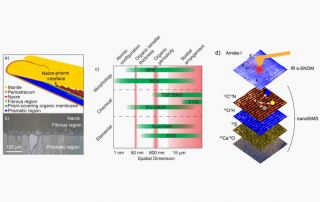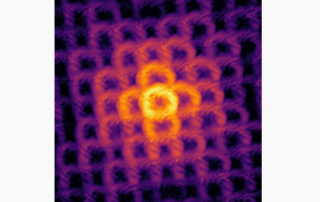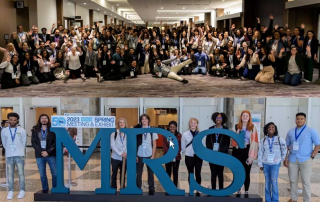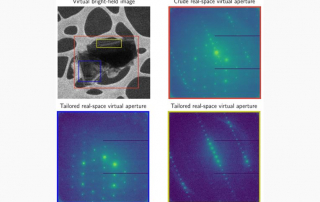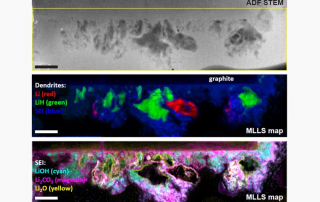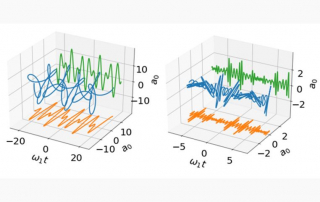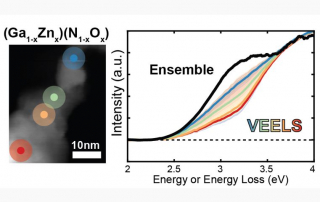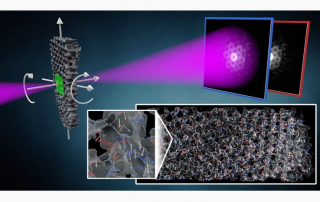Correlative chemical and elemental nano-imaging of morphology and disorder at organic-inorganic interfaces in biomineralization
Biological structures are often characterized by patterns that are self-similar, fractal, or periodic, over a hierarchy of length scales serving specific metabolic, skeletal, or locomotory functions. Many of these motifs have inspired human engineering designs including photonic devices based on butterfly wings, aerospace materials based on avian bone structures, or reduced hydrodynamic drag by emulating shark skin. Further, biological motives can serve as inspiration to address societal challenges including carbon sequestration, bone implants, and dental remineralization. However, understanding biomineralization relies on imaging chemically heterogeneous organic-inorganic interfaces across a hierarchy of spatial scales from atomic structure to nano- and micrometer crystallite dimensions, up to decimeter-size mollusk shells.
Here, a STROBE team from CU Boulder and PNNL collaborating with scientists in oceanography from the University of Washington combine nanoscale secondary ion mass spectroscopy (NanoSIMS) with spectroscopic nano-IR imaging (IR s-SNOM) for simultaneous chemical, molecular, and elemental nanoimaging. At the example of the black-lip pearl oyster mollusk shells they identified for the first time from the morphology of ~50 nm interlamellar protein sheets to aragonite subdomains encapsulated in the prism-covering organic membrane. The results help explain how mollusk shells as complex organic-inorganic composites gain their remarkable combination of stiffness, strength, and toughness unmatched by most manmade materials.
